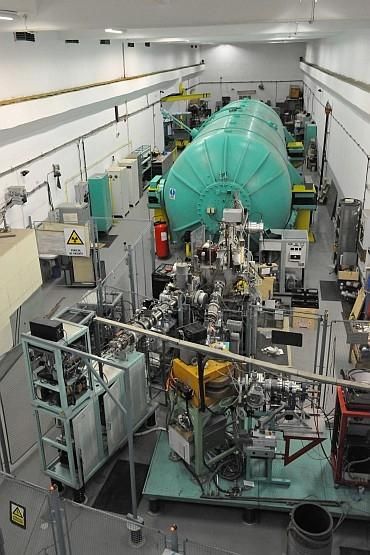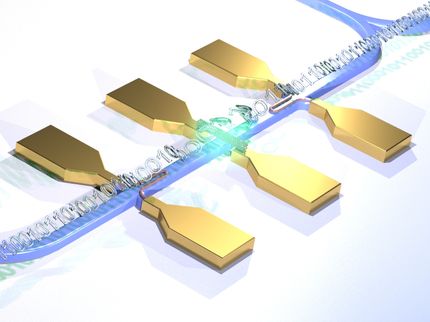'Hybrid' logic gate as work towards quantum computer continues
The Networked Quantum Information Technologies (NQIT - pronounced 'N-kit') Hub, based at Oxford but involving nearly 30 academic and industrial partners, has been focusing on developing quantum technologies that could dwarf the processing power of today's supercomputers.
Professor David Lucas of Oxford's Department of Physics, co-leader, with Professor Andrew Steane, of the ion trap quantum computing group, explains: 'The development of a "quantum computer" is one of the outstanding technological challenges of the 21st century. A quantum computer is a machine that processes information according to the rules of quantum physics, which govern the behaviour of microscopic particles at the scale of atoms and smaller.
'An important point is that it is not merely a different technology for computing in the same way our everyday computers work; it is at a very fundamental level a different way of processing information. It turns out that this quantum-mechanical way of manipulating information gives quantum computers the ability to solve certain problems far more efficiently than any conceivable conventional computer. One such problem is related to breaking secure codes, while another is searching large data sets. Quantum computers are naturally well-suited to simulating other quantum systems, which may help, for example, our understanding of complex molecules relevant to chemistry and biology.'
One of the leading technologies for building a quantum computer is trapped atomic ions, and a principal goal of the NQIT project is to develop the constituent elements of a quantum computer based on these ions.
Professor Lucas says: 'Each trapped ion (a single atom, with one electron removed) is used to represent one "quantum bit" of information. The quantum states of the ions are controlled with laser pulses of precise frequency and duration. Two different species of ion are needed in the computer: one to store information (a "memory qubit") and one to link different parts of the computer together via photons (an "interface qubit").'
Magdalen College Junior Research Fellow Chris Ballance, demonstrates the all-important quantum 'logic gate' between two different species of ion - in this case two isotopes of calcium, the abundant isotope calcium-40 and the rare isotope calcium-43.
Professor Lucas says: 'The Oxford team has previously shown that calcium-43 makes the best single-qubit memory ever demonstrated, across all physical systems, while the calcium-40 ion has a simpler structure which is well-suited for use as an "interface qubit". The logic gate, which was first demonstrated for same-species ions at NIST Boulder (USA) in 2003, allows quantum information to be transferred from one qubit to another; in the present work, the qubits reside in the two different isotopes, stored in the same ion trap. The Oxford work was the first to demonstrate that this type of logic gate is possible with the demanding precision necessary to build a quantum computer.
'In a nice piece of "spin-off science" from this technological achievement, we were able to perform a "Bell test", by first using the high-precision logic gate to generate an entangled state of the two different-species ions, then manipulating and measuring them independently. This is a test which probes the non-local nature of quantum mechanics; that is, the fact that an entangled state of two separated particles has properties that cannot be mimicked by a classical system. This was the first time such a test had been performed on two different species of atom separated by many times the atomic size.'
While Professor Lucas cautions that the so-called 'locality loophole' is still present in this experiment, there is no doubt the work is an important contribution to the growing body of research exploring the physics of entanglement. He says: 'The significance of the work for trapped-ion quantum computing is that we show that quantum logic gates between different isotopic species are possible, can be driven by a relatively simple laser system, and can work with precision beyond the so-called "fault-tolerant threshold" precision of approximately 99% - the precision necessary to implement the techniques of quantum error correction, without which a quantum computer of useful size cannot be built.'
Original publication
Original publication
C. J. Ballance, V. M. Schäfer, J. P. Home, D. J. Szwer, S. C. Webster, D. T. C. Allcock, N. M. Linke, T. P. Harty, D. P. L. Aude Craik, D. N. Stacey, A. M. Steane & D. M. Lucas; "Hybrid quantum logic and a test of Bell’s inequality using two different atomic isotopes"; Nature; 2015
Organizations
Other news from the department science

Get the chemical industry in your inbox
By submitting this form you agree that LUMITOS AG will send you the newsletter(s) selected above by email. Your data will not be passed on to third parties. Your data will be stored and processed in accordance with our data protection regulations. LUMITOS may contact you by email for the purpose of advertising or market and opinion surveys. You can revoke your consent at any time without giving reasons to LUMITOS AG, Ernst-Augustin-Str. 2, 12489 Berlin, Germany or by e-mail at revoke@lumitos.com with effect for the future. In addition, each email contains a link to unsubscribe from the corresponding newsletter.
Most read news
More news from our other portals
Last viewed contents
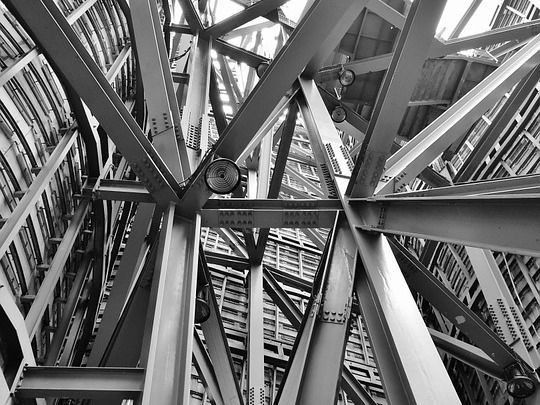
Reinforcement of structures with Memory Steel
Laser_applications
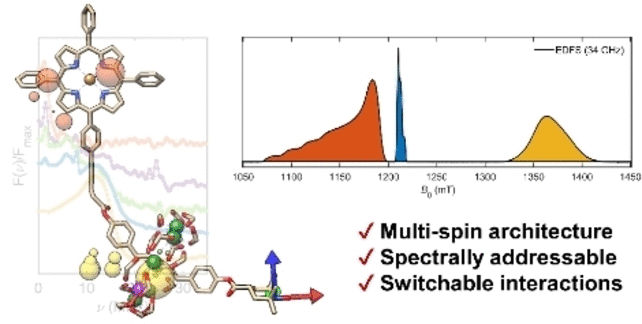
Spectroscopically Controlled Quantum Bits - A molecular multi-qubit model system for quantum computing
Diverse Functionalities Make Surfactants the Favourite Additive in Various Applications

Researchers overview recent progress and challenges in silicon-based anode materials for lithium-ion batteries
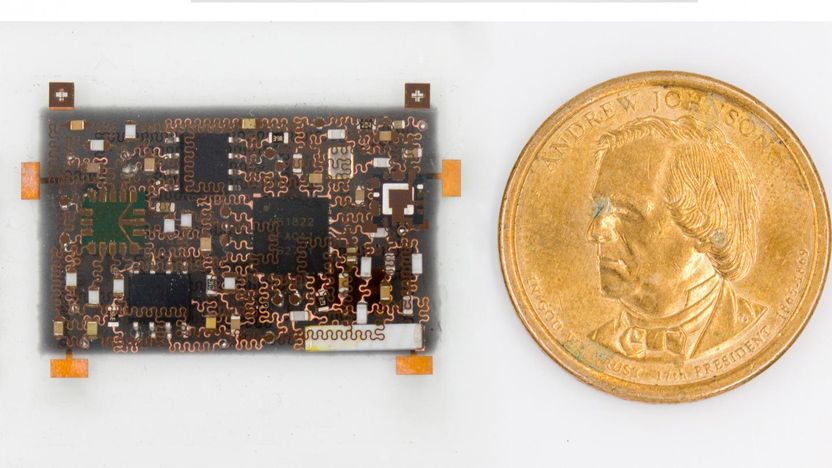
'Building up' stretchable electronics to be as multipurpose as your smartphone
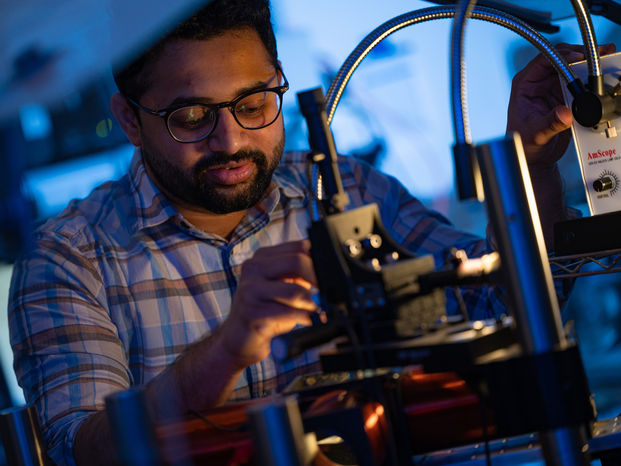
Models for molecules show unexpected physics - Rice engineers show spinning magnetic particles surprisingly follow thermodynamic laws

Help in the Search for the Needle in the Haystack - Physicists render usable method for detecting extremely rare inert gas isotopes for water dating
Category:EC_1.7.1
